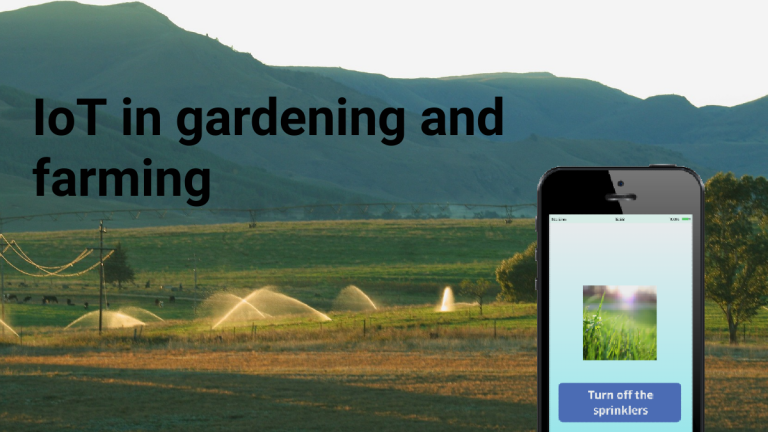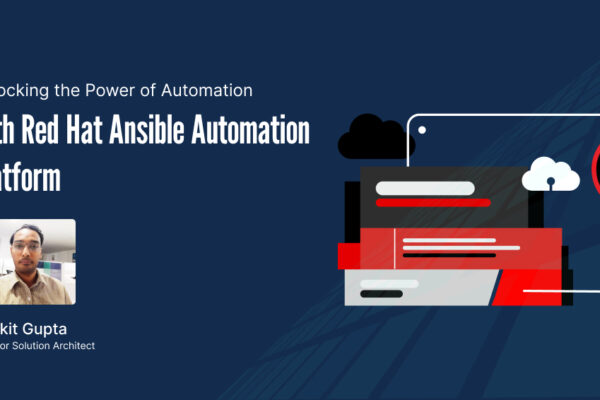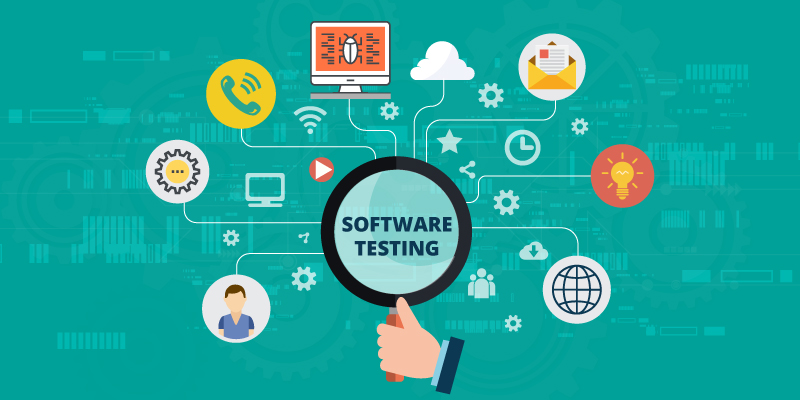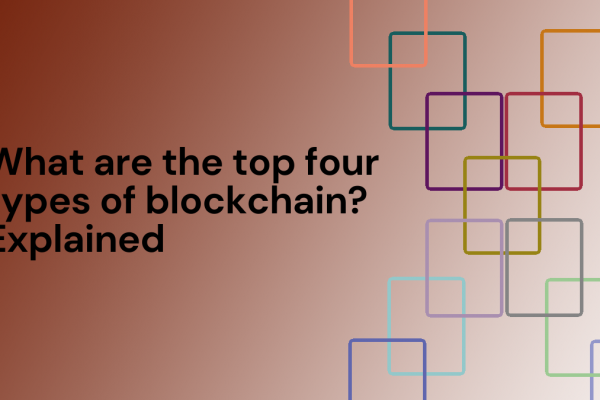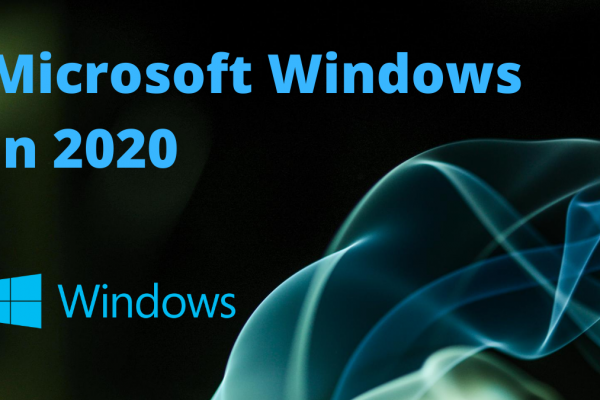With the advent of IoT, or internet of things, it has become possible to optimize systems at levels hitherto considered difficult or impossible. By applying the same technology to gardening and irrigation it is possible to improve the yields and make gardening or farming a lot less labour intensive. This has led to the Internet of Farming
Farmers have long known how weather conditions affect crop yield. Studies have shown how the same plant with the same genetic makeup can produce fruits with different nutrient compositions under different soil conditions. Of course, soils with proper aeration, proper nutrients, tend to yield better crops.
While this knowledge led to the green revolution with the use of high yielding varieties of crops and fertilizers, precise measurements and controls were not possible. Soil moisture or soil nutrient levels were at best done in a lab from a soil sample and at worst were simply guessed.
But with IoT, we can do this in the field, and make suitable adjustments to irrigation systems in real-time.
Let’s have a look at IoT in small scale gardening
Some of us have a green thumb, some of us can’t keep a plant alive for more than a week. Either by overwatering or underwatering, sometimes it’s like plants don’t need a reason to die. But some IoT innovations may help you out here.
Many companies have come up with soil-less IoT systems for those who want to dip their toes into gardening. One such company is Edn tech. They’ve developed a small tabletop garden system ideal for people who want a little bit of green in their environment. The system is quite simple, simply plug it into an outlet, connect to the app, and add the seeds. The inbuilt LED lights ensure that your plants will do just fine where you keep it.
And the system also sends you alerts through the app if when you have to water it. It’s so simple even I can’t mess up. These guys are not the only ones working on a small scale IoT gardening system. Parrot, the company known for its high-end drones, has created the Parrot Flower Power, which is a sensor pack you stick in the soil alongside your plant and promises data on soil moisture, light, soil composition and more on a smartphone app. Unlike small garden from Edn Tech, this is not an all in one solution, but rather something you can use to make sure your desktop plant doesn’t die.
Scaling it up: IoT for a residential garden
A larger area and a larger garden bring up a lot more opportunities than a tabletop garden. It’s not just a cute lucky bamboo on your desk telling you it needs more water. You can control your entire garden with different types of plants according to their individual needs all using a smartphone.
While automatic watering systems have been here for a long time, they relied on timers and precise programming to control when the valves were turned on and off. So it wasn’t a rare thing to watch your sprinkler systems go full throttle while it’s raining cats and dogs. But with smart garden systems, that’s a thing of the past.
With a smart gardening system, a whole system with rain sensors, soil moisture sensors decide when to water and how much to water. The garden depending on its size is divided into many sections, each one controlled separately. Depending on the plants in the different sections you can now decide how much water is required daily and when to water depending on the inputs from rain and moisture sensors.
Most smart garden systems also take into the weather forecast for your zip code to decide watering schedules. More than the automation, smart gardens make it possible to take care of your plants wherever you are. You don’t have to worry about your precious plants when you’re on vacation. You can water them and monitor their status easily. Or you can simply set a schedule too.
Robotic lawnmowers?
While a robotic personal assistant may be far in the future, you can now get a robotic lawn mower for your garden. Like a Roomba, but for mowing the grass. These are available from many different apps and they all have different specifications, but generally, they’re all connected and can be controlled from a smartphone app.
And you don’t need to run behind to move your lawn, these things can map your entire garden and give you an evenly mown lawn once you set them up. And you can set them to mow your garden as often as is required.
IoT in farming
Most of the existing applications for IoT are in smart irrigation systems. Advanced systems can control huge farmlands using a smartphone app. Elaborate sensor networks collect data from the soil, farmland as well as the weather forecast and decide the irrigation pattern.
But what IoT in farming can do is yet to be seen. Combining AI with IoT has already resulted in a host of technologies like fruit plucking robots and livestock monitoring systems. It is now possible to remove weeds using robots.
Smart dust, an up and coming technology is another promising aspect we can expect to see in the future. It is essentially a network of dust sized sensors that can collect data on temperature, vibration, etc and send it over the network. Once these sensors are mainstream, we can expect to be able to monitor individual plants in a huge farmland.
While a lot of technologies that leverage IoT in farming and gardening exists, the fact is that like most IoT applications, it’s just the tip of the iceberg.
